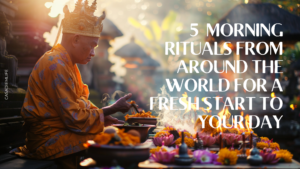
Some of the articles on Casa Diem Life may contain affiliate links. If you click and make a purchase, I might earn a small commission at no extra cost to you. It's just one way we keep the journey going! Find out more in my Privacy Policy.
Too Much Baggage: How Overpacking Can Ruin Your Trip and What to Do About It
When comparing my life at home to my life on the road, I am, admittedly, a hypocrite.
I value a sensible approach to interior design. All pieces must be beautiful, functional, or sentimental. No ifs, ands or buts about it. I knew that minimalism had a grip on me the day that I opened an empty drawer and practically swooned.
Once I book a trip, though, I become a level nine hoarder. Are both of these 500-page novels necessary for a 4-day getaway? Absolutely. Of course I need three extra pairs of underwear per day. And we all know how hard hotel water can be – nothing but a full-sized tub of lotion will do. Can’t be ashy on vacation, now, can we?
I know I’m not alone on this one. The age-old question of what to pack is one that plagues most travelers. It’s the source of endless anxiety, which leads to procrastination, which leads to panicked “what if” scenarios interrupting your day. And what happens when you succumb to the temptation to overpack? The answer, my friends, is simple: your trip is ruined before it even begins.
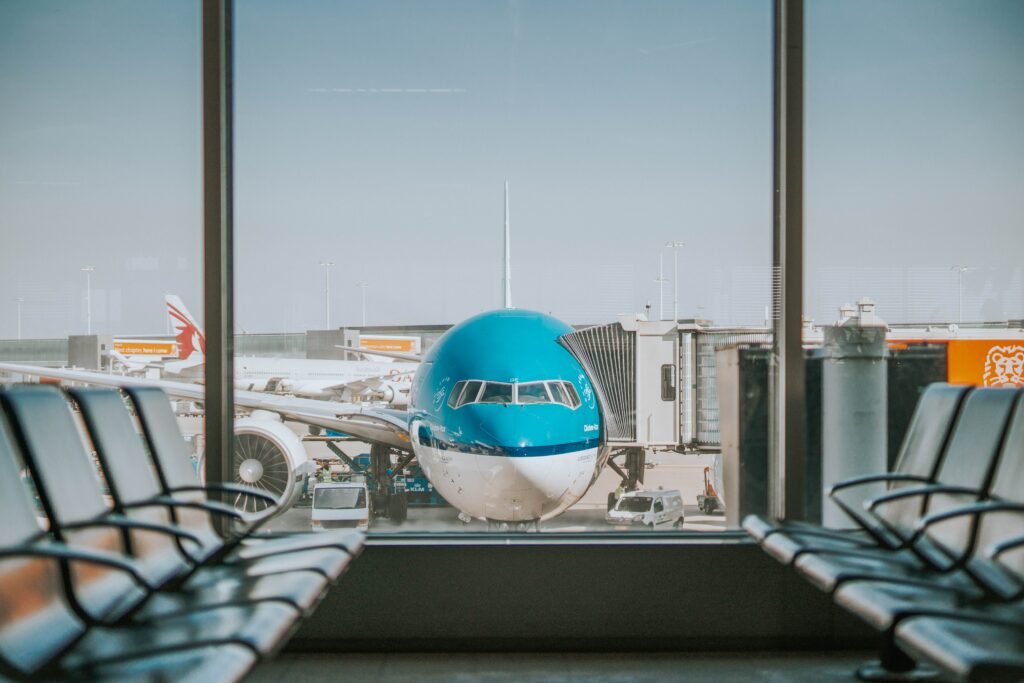
My Neck, My Back
Let’s start with the obvious problem – the size and weight of your luggage quickly becomes cumbersome. That massive suitcase might have seemed like a great idea at the store, but it becomes a burden once you’re on the go. You now have to make a plan for simple things like how to get down the stairs.
Excess baggage can limit your transportation options. Hopping on a crowded city train becomes a hazard. A compact taxi might not be able to get your load into the trunk. And good luck convincing a pedicab to be your ride.
Let’s not forget about the damage that all that extra weight can do to your back and shoulders. The last thing you want is to spend your entire vacation laying on a heating pad because you couldn’t resist bringing that extra set of dumbbells. Yes, I have traveled with dumbbells before. I was going through a fitness thing. Don’t judge me.

Baggage Fees
All kidding aside, there’s a financial cost to overpacking. You’ve made it to the check-in counter, only to hear the dreaded phrase, “Your luggage is overweight.” First of all, we don’t fat-shame here. Secondly, I get it. Understanding airline baggage fees can be a bit tricky, as different airlines have different policies and fees for checked and carry-on luggage. Things can get quite complicated when using a hacker fare to get around.
To avoid baggage penalties fees, check the baggage allowances for your specific airline before you pack so much as a toothbrush. Most airlines have this information listed on their website, and it’s important to know what you’re allowed to bring and what you’ll be charged for. If you’re unsure, consider calling the airline directly to clarify their policies.
When using multiple airlines on one trip, I recommend packing based on the airline with the strictest allowances. It’s the simplest way to avoid fees and mental anguish. However, if you’ve got grit and absolutely need all five of those purses for the weekend, there are options. Consider packing in a way that allows you to easily remove items from your bags if necessary, in case you need to re-distribute weight between bags or reduce the number of bags you’re checking. This sometimes means investing in foldable bags or traveling with a suitcase inside a suitcase. I’ll expand on that in a later article. Get it…expand? Be sure to subscribe to the blog so you don’t miss it!
Something to keep in mind – when an airlines state that you are “only allowed” something, what they really mean is that you will not be charged for that specific thing. You’re an adult and you can do whatever you want. Just know that if you are allowed one personal item, and you choose to bring one carry-on, one checked bag, and one tote bag the size of Ghana, you will pay handsomely. What I always say is, “The more money spent on baggage fees, the less money available for margaritas.” Don’t ask me why I always say that.
The Truth About Overpacking
Here’s the thing: whether or not you pack up your entire house in anticipation of every scenario, something unexpected could still come up. It’s one of those unwritten laws of nature. Your flight may be delayed or canceled, you may need to walk longer distances than anticipated, you may encounter unexpected weather conditions, or your hotel reservation could turn out to be non-existent when you arrive.
Yep, that last scenario has happened to me. I cannot describe the tears that I cried that night as I slept on the couch of a college student I was, fortunately, connected with. The extra pair of heels that I had packed brought me no comfort.

The Emergence of Minimalist Travel
Alright, so we’re all convinced – overpacking can be a hazard. But what’s the alternative? Underpacking? Actually, yes. The emergence of the minimalist travel industry can be attributed to a growing trend towards minimalism in general, as people seek to simplify their lives and amplify their experiences. This has led to a shift in the way that people travel and explore new destinations.
Travelers are more likely to focus on events than material possessions, seeking out authentic cultural experiences and off-the-beaten-path adventures. This shift towards experiential travel has led to a greater emphasis on sustainable and responsible tourism, with many travelers seeking to minimize their impact on the environment and support local communities.
Many companies and travel brands have responded to this trend by offering products and services that cater to minimalist travelers. This includes lightweight luggage, multifunctional devices, and tech-infused clothing that allows more wear before the need for washing. Some airlines have also introduced basic economy fares that only include a carry-on bag, encouraging travelers to move with less.
The Dark Side of Minimalist Travel
Now, let’s be honest. Despite its benefits, minimalist travel is not for everyone. The idea of packing light and simplifying their travel experience may be overwhelming or simply not feasible. In fact, the desire to collect souvenirs or bring along specific items may be an important part of their travel experience. There’s no shame in that. Travel is a deeply personal experience.
Additionally, minimalist travel can sometimes be taken to an extreme, leading to a sense of deprivation or sacrifice. While traveling with less can be liberating and allow for greater freedom and flexibility, it can also be challenging and require a certain level of adaptability and resourcefulness.
Ironically, the emphasis on experiential travel and sustainable tourism that is often associated with minimalist travel can sometimes be used as a marketing ploy or guise for cultural appropriation or exploitation. It’s important to approach minimalism in travel with a critical eye and consider the impact that our travel choices have on the places and people we visit.
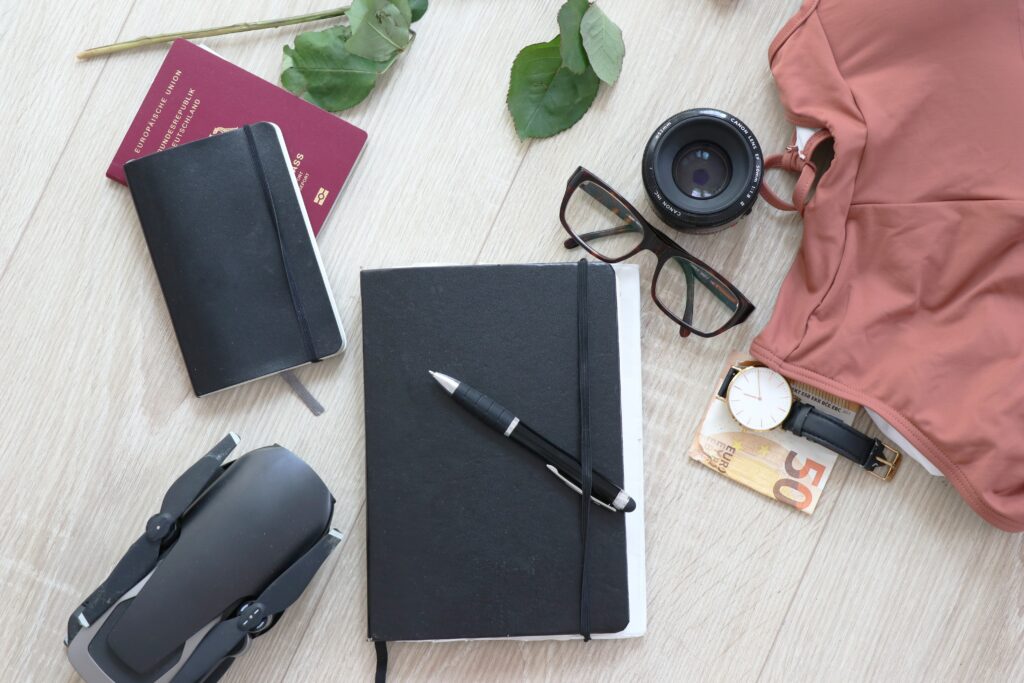
So where does this leave us? Well… somewhere in the middle. In all things, I preach mindfulness and moderation. There is a way to travel comfortably and have an immersive experience, and it’s simpler than you might think.
3 Quick Tips to Pack More Mindfully
Here are three effective ways to pack mindfully if you’re seeking to balance the comforts of home with a desire to immerse yourself in new cultures:
- Pack versatile items: Look for clothing and accessories that can be used in a variety of situations. For example, a lightweight jacket that can be dressed up or down, a single charging block that can power all of your devices, or a scarf that can be used as a shawl, head covering, or even a beach cover-up.
- Leave room for memories: Rather than filling your luggage to the brim on the way there, consider leaving some space for souvenirs and other items you may acquire on your trip. This will allow you to bring back meaningful items without having to worry about excess baggage fees or packing challenges.
- Pack location-appropriate essentials first: Before you start packing, take some time to research your destination and consider the climate, local customs, and activities you’ll be participating in. For example, if you’ll be visiting religious sites, you may need to bring clothing that covers your shoulders and knees, while the fancy dress for a night on the town is more of a want. By planning ahead and packing with intention, you can ensure that you’re prepared for your destination and have everything you need for a comfortable and enjoyable trip.
I’m talking to myself as much as I’m talking to you! I’m getting better with my packing, especially as the kids are getting older, but there is still a lot of room for improvement. I have a week-long trip coming up this summer, and I’ll be sure to let you know how I do with my packing.
What’s Next?
I’ll be speaking at my first interior design summit in May, and ‘nervous’ is an understatement. It’s called the Beautiful Home Beautiful Life Summit, and the lineup is so, so good. I’ll share details in my next blog post, and I’m also working on an article about safety considerations when traveling internationally.
Make sure you hit subscribe so you don’t miss any of the fun!
Wander Often,
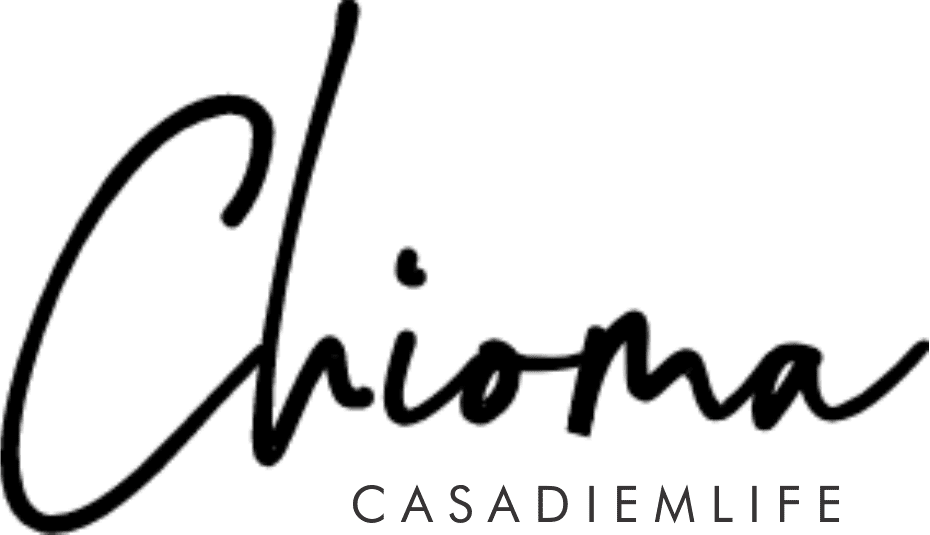

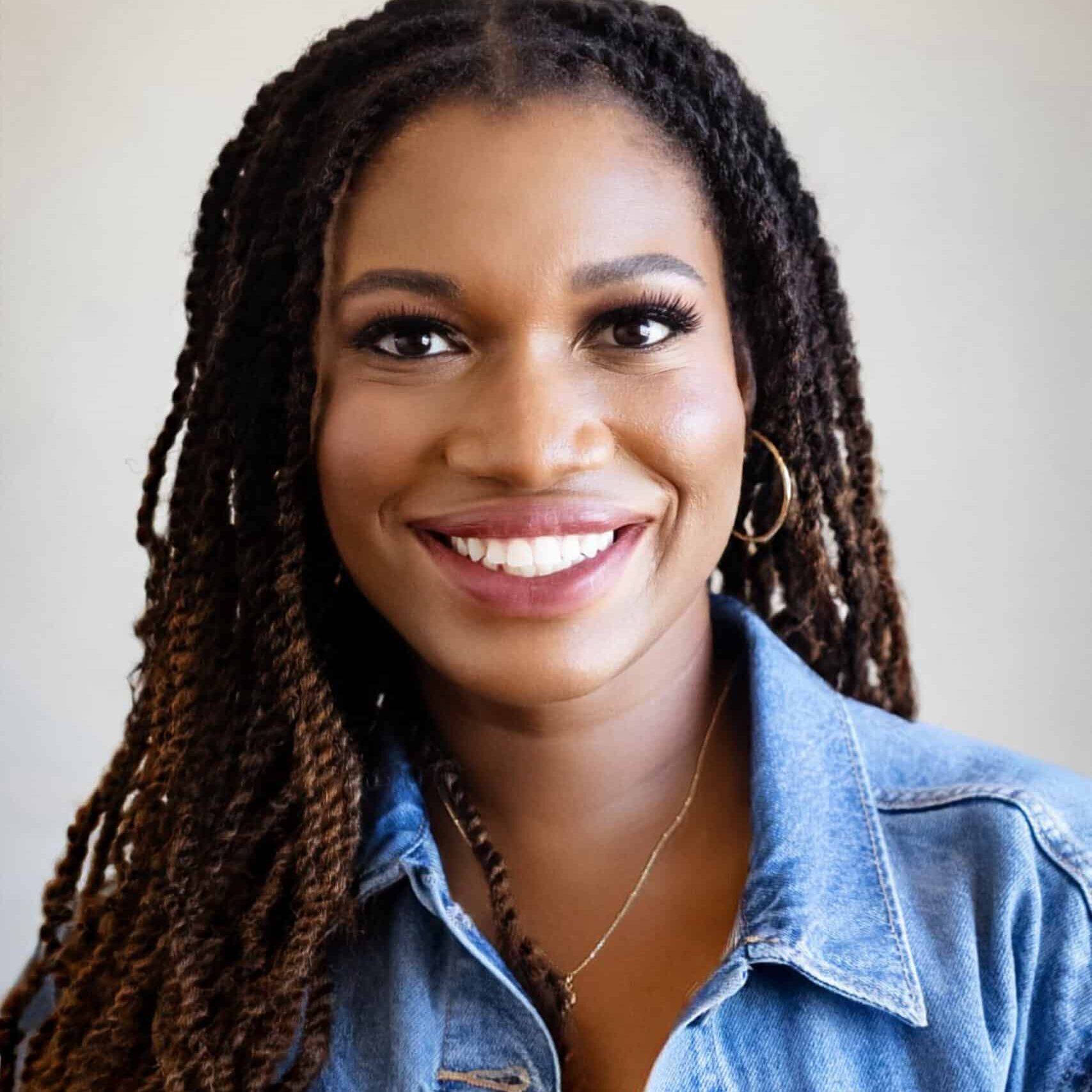
Hi, I'm Chioma Ikoku, a spirited explorer and a peace-loving homebody. I founded Casa Diem Life to help you combine the excitement of travel with the comfort of home, because I believe that adventure begins at home.
Want to read more?
Receive the latest posts, exclusive content, and special offers right in your inbox.
Explore the ways we can work together on the resources page







